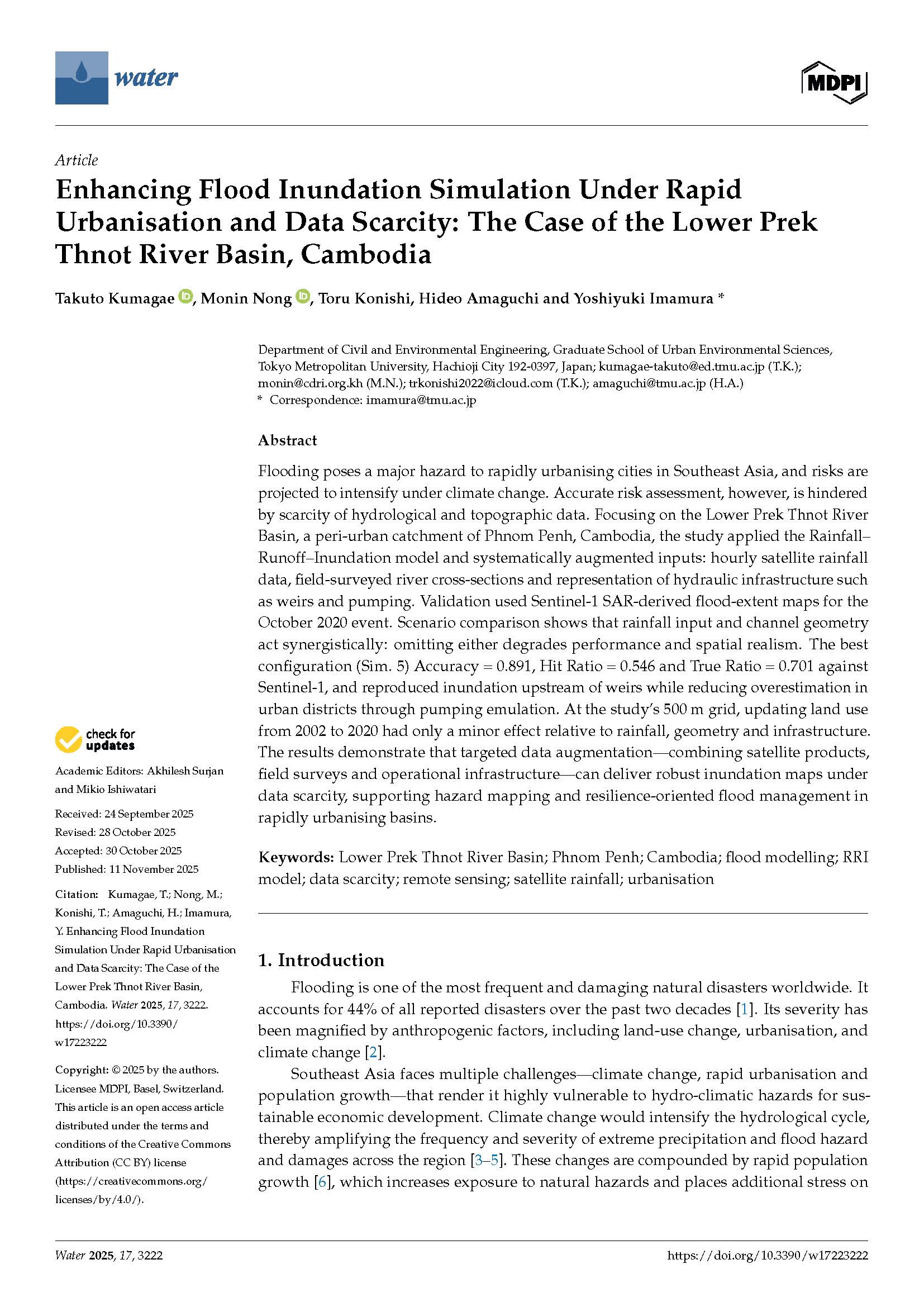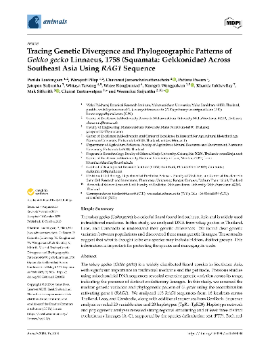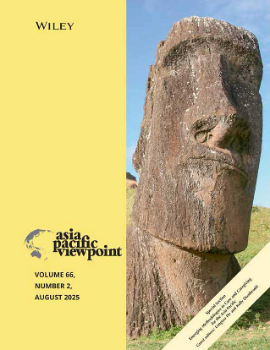
Enhancing Flood Inundation Simulation Under Rapid Urbanisation and Data Scarcity: The Case of the Lower Prek Thnot River Basin, Cambodia
Abstract/Summary
Flooding poses a major hazard to rapidly urbanising cities in Southeast Asia, and risks are projected to intensify under climate change. Accurate risk assessment, however, is hindered by scarcity of hydrological and topographic data. Focusing on the Lower Prek Thnot River Basin, a peri-urban catchment of Phnom Penh, Cambodia, the study applied the Rainfall–Runoff–Inundation model and systematically augmented inputs: hourly satellite rainfall data, field-surveyed river cross-sections and representation of hydraulic infrastructure such as weirs and pumping. Validation used Sentinel-1 SAR-derived flood-extent maps for the October 2020 event. Scenario comparison shows that rainfall input and channel geometry act synergistically: omitting either degrades performance and spatial realism. The best configuration (Sim. 5) Accuracy = 0.891, Hit Ratio = 0.546 and True Ratio = 0.701 against Sentinel-1, and reproduced inundation upstream of weirs while reducing overestimation in urban districts through pumping emulation. At the study’s 500 m grid, updating land use from 2002 to 2020 had only a minor effect relative to rainfall, geometry and infrastructure. The results demonstrate that targeted data augmentation—combining satellite products, field surveys and operational infrastructure—can deliver robust inundation maps under data scarcity, supporting hazard mapping and resilience-oriented flood management in rapidly urbanising basins.
Access the full article: https://doi.org/10.3390/w17223222



